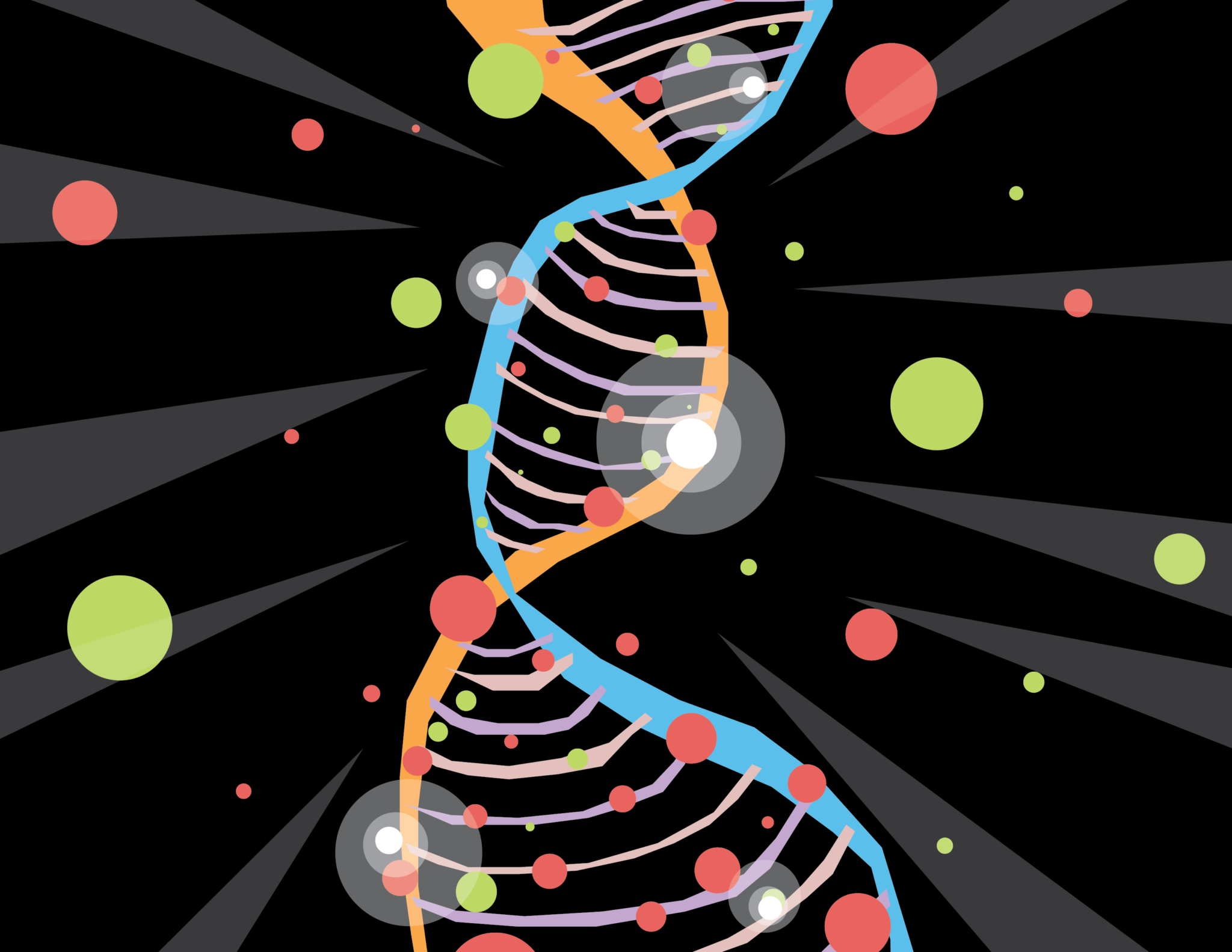
A team of researchers at the Yale School of Medicine have developed a new tool that opens the door for the genetic analysis of a wide range of human diseases.
The group has pioneered a way of understanding endogenous retroviruses, known as ERVs, which are remnants of retroviruses — a type of RNA virus that inserts its DNA into a host cell — that have integrated into the genome of the human body over millennia. This tool, called ERVmap, enables researchers to explore these pieces of retroviral RNA that have invaded the human genome but largely remain mysterious in terms of their function. The study was published on Nov. 19 in the Proceedings of the National Academy of Sciences journal.
“Many of the ERVs still encode the viral genes and are able to make viral proteins when expressed,” said Akiko Iwasaki, Yale professor of immunobiology and molecular, cellular and developmental biology and senior author of the study. “However, because every ERV is so similar to one another, there was no reliable way to tell which ERV from which genetic locus is being turned on or off. Our tool allows us to now map which of the thousands of ERVs are expressed in neurons, skin cells, liver cells, blood cells, et cetera.”
Scientists have long been intrigued by the fact that only 2 percent of the human genome encodes proteins, while approximately 8 percent of the genome is composed of ERVs. This quantitative disparity was the motivation for the study, said Maria Tokuyama, a scientist in the Iwasaki Lab and an author of the study.
The researchers performed the study by generating a comprehensive database that contained all known ERV sequences in the human cell. A bioinformatics algorithm was then applied to this database, assigning certain segments of RNA to specific ERV sequences. Through this process, the researchers were able to determine which ERVs are translated from DNA to RNA and expressed in a given cell type.
According to Tokuyama, this research has shed light on the role ERVs play in the broader context of human biology and health.
“Based on our observations that ERVs are differently expressed in lupus patients and breast cancer tissues, we suspect that ERVs are contributing to these diseases, although we do not yet know how,” Tokuyama said. “Future studies will elucidate the exact role of ERVs in these diseases as well as in others.”
Iwasaki added that blood cell samples from lupus patients expressed much higher levels of ERVs than did those from healthy people. From this finding, the team concluded that lupus disease may be exacerbated by immune responses against ERV proteins.
ERVmap has significant implications for biologists since it can be used to analyze ERV expression in any human RNA dataset, according to Tokuyama. Although the research primarily focused on healthy cells, cells from autoimmune lupus patients and cells from breast cancer tissues, employing ERVmap for analysis in additional settings might yield more profound insight into the interplay between ERVs and human biology, she said.
“We expect others will use our method and tool to find differential ERV expression and associated functional roles in a range of settings,” Tokuyama said. “Together, we should gain a lot of information on how ERVs contribute to human health.”
Eric Song MED ’22 GRD ’22, a co-author of the study, added that the tool may be used to study ERV involvement in different ailments, such as autoimmune diseases and cancer. Although scientists have long struggled to show a direct causal link between ERV and cancer, ERVmap is likely to serve as a key instrument in resolving this enigma surrounding the little-known component of the human genome.
According to Iwasaki, ERVmaps may also be used to ascertain which ERVs are most likely to be expressed in a certain cell type. Identifying this correlation may have implications for the treatment of diseases or infections.
She added that analyzing a set of ERVs expressed by a given cell or tissue may provide a new dimension of information for immunologists and medical researchers.
“We suspect ERVs will impose various biological impacts on all three layers of biology by the way they are integrated, transcribed and translated,” Iwasaki said. “[ERVs] might control how cells divide, fuse, migrate or die. They might become a target of immune attack or may help the immune system. We hope ERVmap will help us gain a better understanding of what ERVs are doing in host biology.”
ERVmap is available for public access through an online platform, ERVmap 1.0.
Jake Tae | jake.tae@yale.edu







